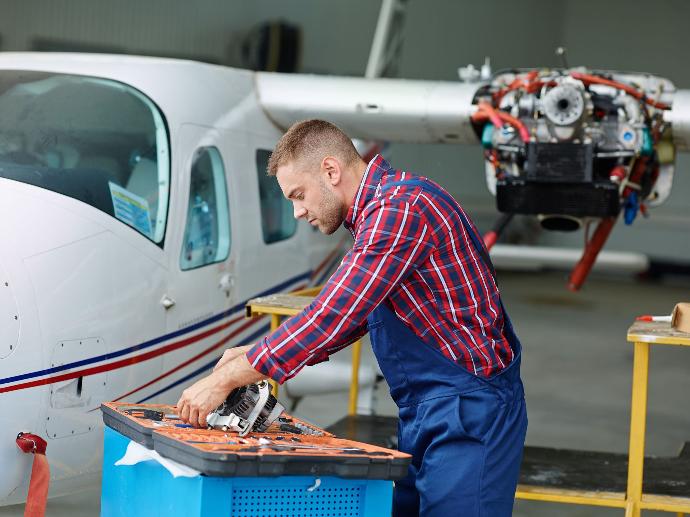Preventive Maintenance: Does it Help Save Live?

The daily tasks of aircraft technicians and engineers are greatly influenced by maintenance. Reactive maintenance, where engineers wait for a part to break before repairing it, and preventive maintenance, where routine inspections and checks are done to keep parts from breaking in the first place, are two common maintenance tactics in aviation. Predictive maintenance, however, is also growing in popularity in the aviation industry since it has several benefits over traditional maintenance approaches. Let's examine how predictive analytics and big data might benefit the aviation sector and how this maintenance approach may even save lives.
Predictive maintenance is a technique that keeps an eye on an asset's performance while it's in use using a range of instruments, sensors, or connected devices, such as a flight data recorder. Engine health monitoring adds to the ongoing gathering of aircraft data, which is then analyzed and machine-learned to reveal statistical tendencies. These serve as the foundation for planning aviation maintenance tasks like regular inspections, fixes, and spare part orders.
REACTIVE MAINTENANCE
In a reactive maintenance strategy, a business will hold off on fixing or replacing an asset, piece of machinery, or component until it breaks. A failure of some sort is always the catalyst for maintenance work. Without expensive tools, sensors, software, or a sizable supply of spare parts, this technique can be easily put into practice. The downtime and extended repairs associated with this form of maintenance, however, make it unpredictable. With this approach, supply chain issues may result in protracted downtime. Negligence can potentially reduce the lifespan of an asset. But more crucially, it might result in mishaps that hurt the passengers and the crew.
PREVENTIVE MAINTENANCE
Preventive maintenance tries to repair or replace a part or asset before it breaks and causes additional issues, such as time-consuming repairs, downtime, or lost revenue. This approach is more challenging to put into practice, particularly if a business owns a lot of assets. When done well, it can produce fantastic results, but when done incorrectly, it can also be expensive, for instance, if assets are serviced and repaired more frequently than they really need to be. The airline needs a lot of storage space because it will need to maintain a sizable stock of parts.
PREDICTIVE MAINTENANCE
Aviation maintenance may be planned using real-time data on the state of all your assets thanks to a predictive maintenance approach that is based on solid data. Due to the equipment required, this strategy is time-consuming to deploy and expensive upfront. However, using predictive analytics to reliably predict failure can give you a significant advantage in reducing downtime and cost.
There is much more to maintaining an aircraft than merely tightening a few screws. Specialized tools and parts are necessary for complex aircraft, and keeping them on hand "just in case" can be pricey. Using algorithms and statistics, software systems for predictive maintenance, and aviation maintenance forecast when a specific part will be needed and when repairs are necessary. This makes sure that one doesn't waste time or money on the wrong tools and only buys the parts that are now required. It also aids in saving storage space for the most crucial components. Programs and algorithms used in aviation maintenance can forecast a failure or an impending repair, giving one time to order the necessary parts.
